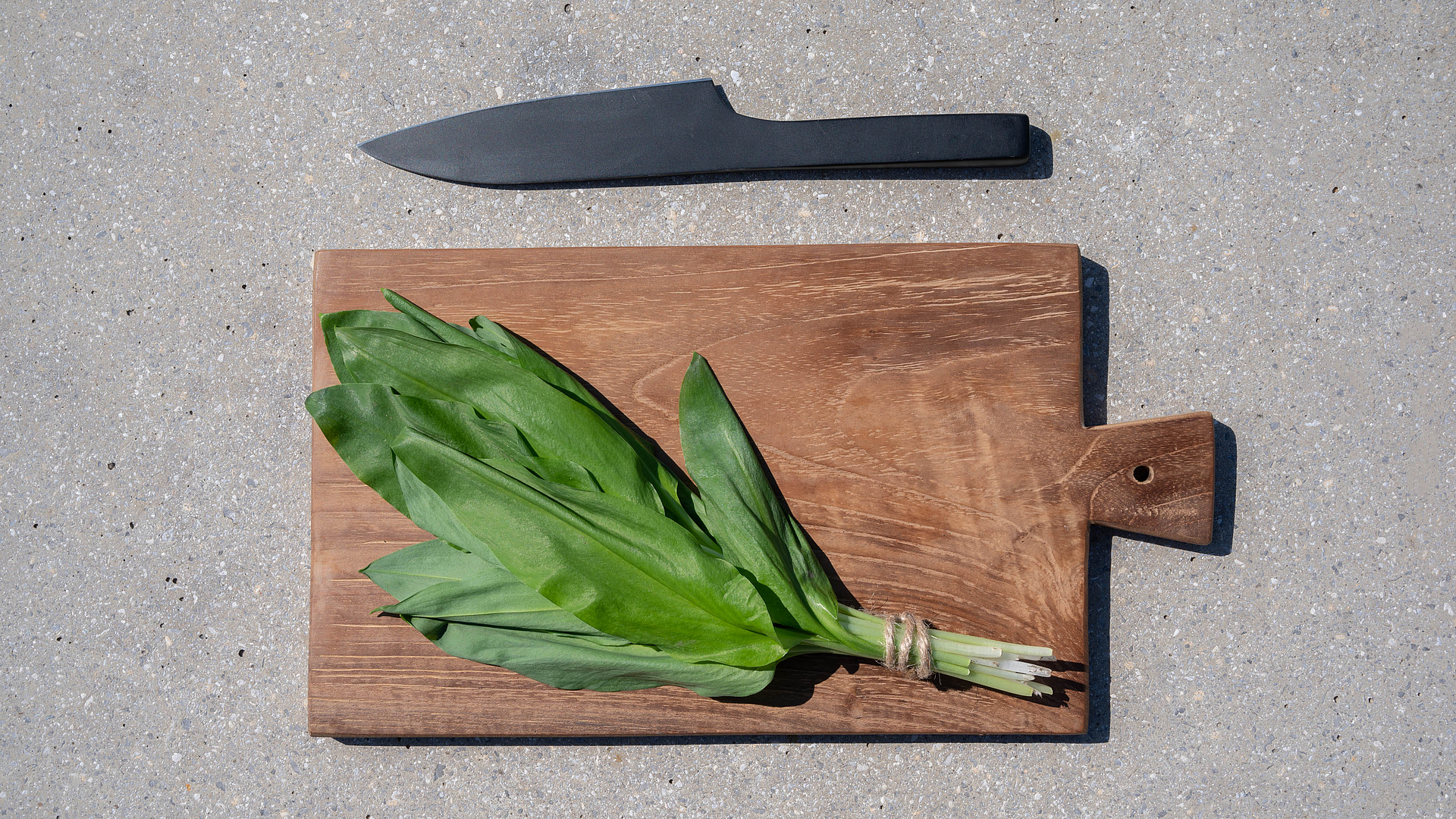
Celebrating wild garlic season
Every spring, there’s a brief wild garlic season when you can pick the plant yourself in your local area. But how can you tell the difference between wild garlic and poisonous lily-of-the-valley? When is the best time to plant and harvest this garlic variety? How can you use it to create tasty concoctions and how should you store it?
The diversity of wild garlic
Wild garlic (‘Allium ursinum’) is a wild relative of garlic and onions that looks and smells like garlic, hence its name. Its long, oval-shaped leaves are slightly lighter underneath and have a very aromatic, slightly spicy taste. The flowers are reminiscent of white stars.
Wild garlic is commonly used as a herb, but it also plays a role in naturopathy. ‘Witch’s onion’, as the plant is also known, is very rich in vitamins and minerals, and is said to aid digestion and alleviate cold symptoms, among other things. It is also packed with vitamin C, calcium and potassium.
Fortunately, wild garlic isn’t poisonous, but there’s a good reason for this common misconception because it looks lily-of-the-valley, which is poisonous. Anyone who goes foraging in the woods needs to know the difference because these two plants look very similar.
When and where to pick wild garlic
‘Wood garlic’ (as it is also known) is native to Europe and can also be found in North Asia. Unlike many other plants, wild garlic prefers shady and damp to humus-rich spots, for example in the undergrowth and near streams.
Spring is wild garlic season: this winter-hardy perennial flowers from mid-March to late May, but the earlier you pick it, the more aromatic it tastes. Deciduous and riverside forests are good places for picking wild garlic in the great German outdoors.
Wild garlic spreads rapidly in favourable conditions. If you’d like to plant it yourself, opt for shady spots such as the north side of your house – either in your garden or on your balcony. It can also grow well under deciduous trees. There’s no frost in sight? Then it’s time to plant the seedlings or bulbs.
Tip: you should keep the area where you plant your wild garlic moist at all times, otherwise it won’t thrive. What’s more, you should harvest no more than half of the leaves per plant, preferably at the base of the stem.
From sauces to pesto: tasty ideas for wild garlic
There are many recipes featuring wild garlic, but here are some culinary creations that you could use it in:
- Pesto
- Spreads and curd cheese
- Butter, salt and oil
- Sauces and dips
- Flowers in salads
- Swabian noodles and dumplings
Wild garlic is most commonly used in pesto – this not only goes wonderfully with classic pasta, but also pasta alternatives made from pulses or pseudo-cereals. If you make pesto out of wild garlic, the herb will last even longer. To appreciate the full aroma of wild garlic, you should eat it as fresh as possible because once it is heated or dried it loses its intense flavour. If you have a plentiful harvest, you can also freeze it to preserve it and prepare it later on.